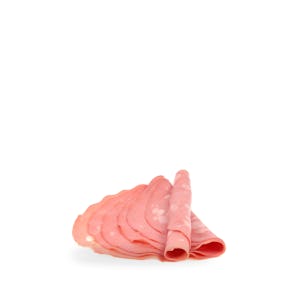3.9

TASTING NOTES FROM THE CURATOR
Cava is a Spanish specialty, a sparkling wine of Denominacion de Origen (DO) status. This one by Bohigas is made with a glorious combination of Xarel·lo and Pinot Noir grapes, which were ecologically harvested and selected, before being gently pressed to release only free-run juice, and undergoing fermentation for at least 18 months.
It exudes a beautiful pale color with golden highlights and fine bubbles. On the nose, it has powerful aromas of golden apples, white flowers, fine toast and dark chocolate, as well as hints of red berries. On the palate, it is fresh and fruity, with notes of raw hazelnuts.
The Bohigas Noa is full of vivacity and elegance, showing a great structure and verve from the brilliant balance of native Xarel·lo, and the French Pinot Noir.
PREPARATION AND PAIRINGS
This unique cava is perfect to pair with cheeses like Manchego, Asiago, or Parmesan. It is also beautiful with some jamon iberico. It cuts through richness so well, so it will also be great to pair with foie gras, or a cream-based pasta.
You can also have it with rice dishes, like paella, risotto, or jeweled rice. Its elegance shines beautifully with Japanese food, as well as any seafood or shellfish dish.
And because the Bohigas Noa cuts through creaminess so well, it will be wonderful to enjoy with a cheesecake, or flan, as well as apple crumble and beignets.
FULL STEAM AHEAD, SINCE THE BEGINNING
With more than eight centuries of history, Cavas Bohigas and its estate, Can Macia, has been in the hands of the same family. Passed down through generations, it finds itself in Odena, with 200 hectares of property, more than 35 of which are vineyards.
In 1933, Joan Vives recognized the potential for sparkling wines, and Bohigas has since been making some of the best in the business. Committed to innovation, Cavas Bohigas has not stopped employing technological advancements and methods into their process.
The Noa itself is ecologically harvested, and with years of steady conversion, all their vineyards are of organic production, converting all of their cavas to organic products.
Taste Profile
Technical Sheet
Storage Instructions
Fine sparkling wine must be handled with care. For short-term storage (a few days to a month), you can keep your bottle upright—but away from bright or artificial light. For long-term storage, especially for vintage cuvées, you must store the bottles on their side in a wine rack or cellar to keep the cork from drying out. The ideal temperature for storage is between 7 to 10°C. Once opened, a bottle will be good for 1 to 3 days standing upright in the refrigerator.













